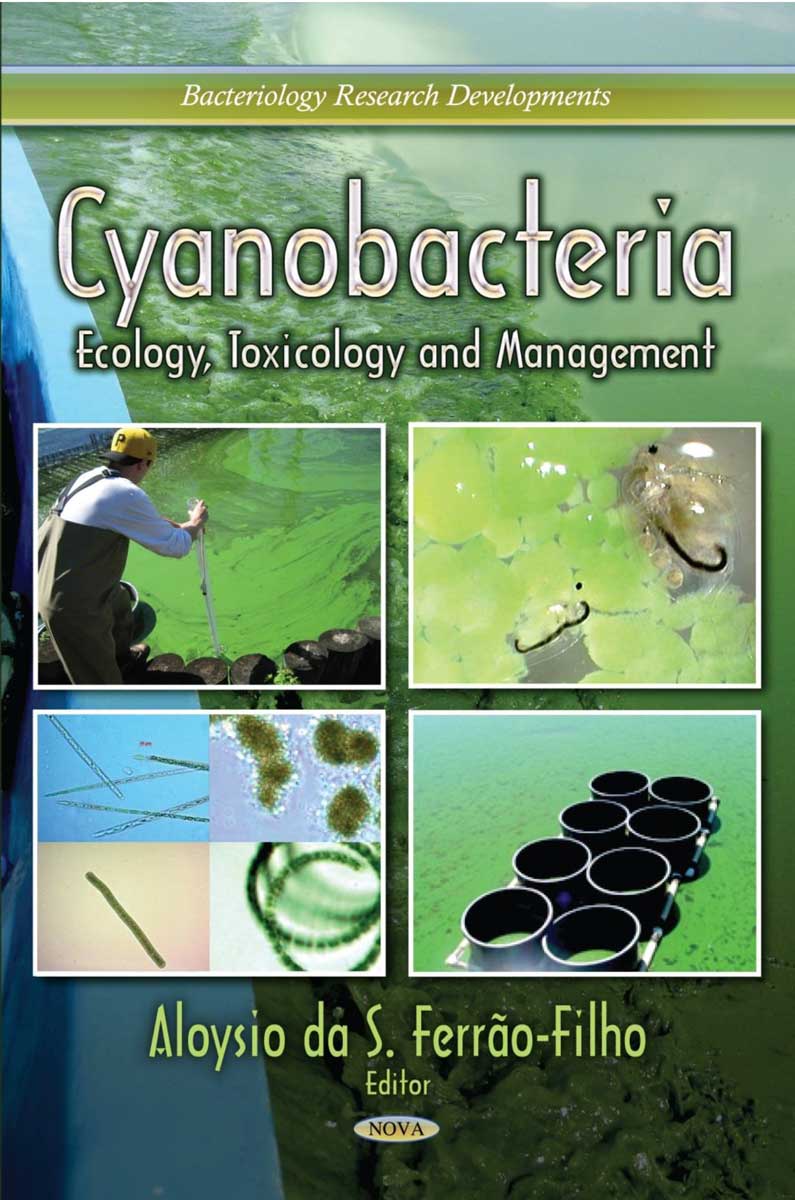Keyword: Potent Herbicide

Wilson, A. E. and M. F. Chislock. 2013. Ecological control of cyanobacterial blooms in freshwater ecosystems. Invited book chapter in Cyanobacteria: Toxicity, ecology, and management. Editor: A. Ferrão-Filho. Nova Science Publishers, Inc., New York. pp. 213-221.
Abstract
Cyanobacterial blooms pose one of the most serious threats to freshwater ecosystems by producing toxic secondary metabolites that can poison aquatic foodwebs, pets, livestock, and humans. Consequently, water resource managers routinely employ a variety of strategies aimed at controlling blooms of cyanobacteria, including reducing nutrient inputs, using potent herbicides, disrupting stratification via mixing, and shading waterbodies with opaque liners or water-based stains. The role of ecology in cyanobacterial bloom management is poorly understood despite a decades-long history of studies using biomanipulation: the manipulation of higher trophic levels (adding piscivores or removing planktivores) to increase the size, abundance, and grazing pressure of herbivorous zooplankton to reduce algal abundance. Past biomanipulation efforts conducted primarily in temperate systems have provided equivocal results, and the presence of the generalist herbivore, Daphnia, seems to be critically important to the success of biomanipulation efforts.